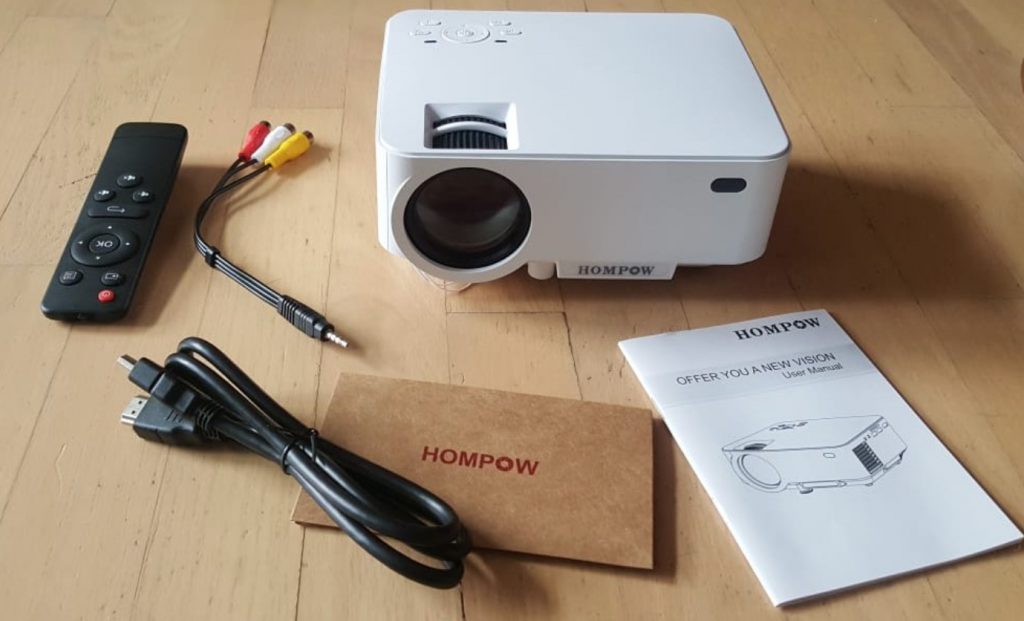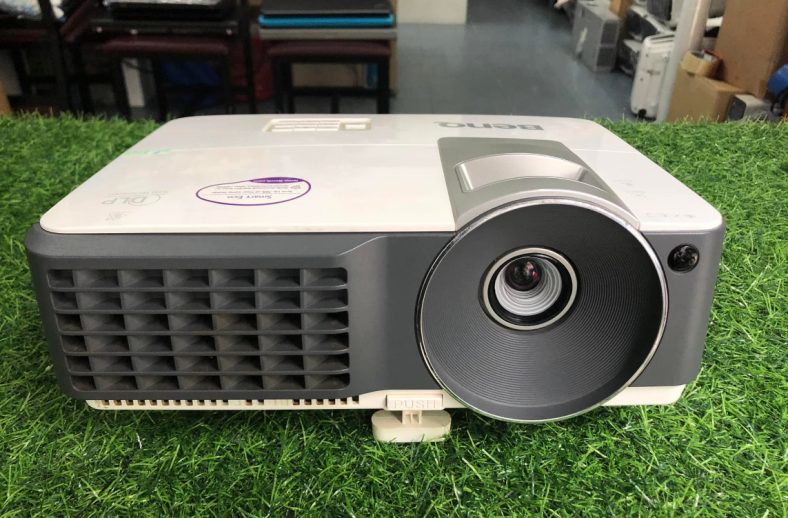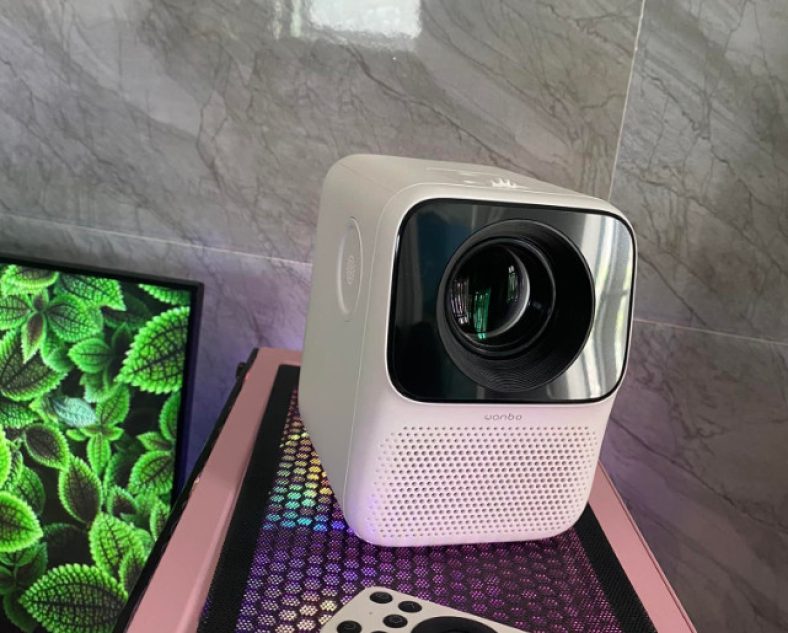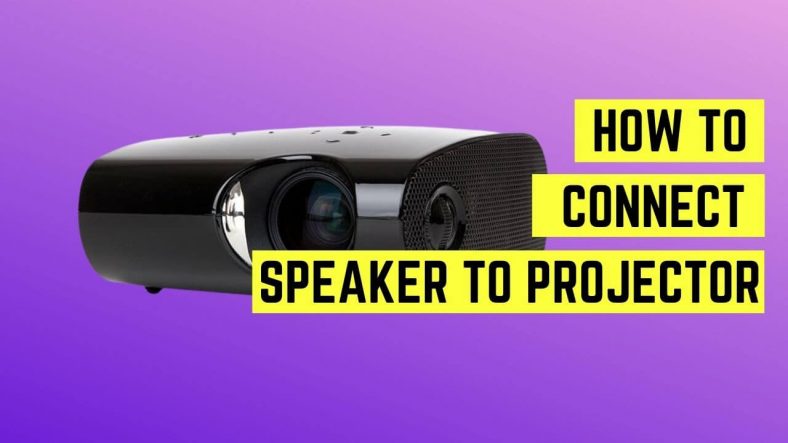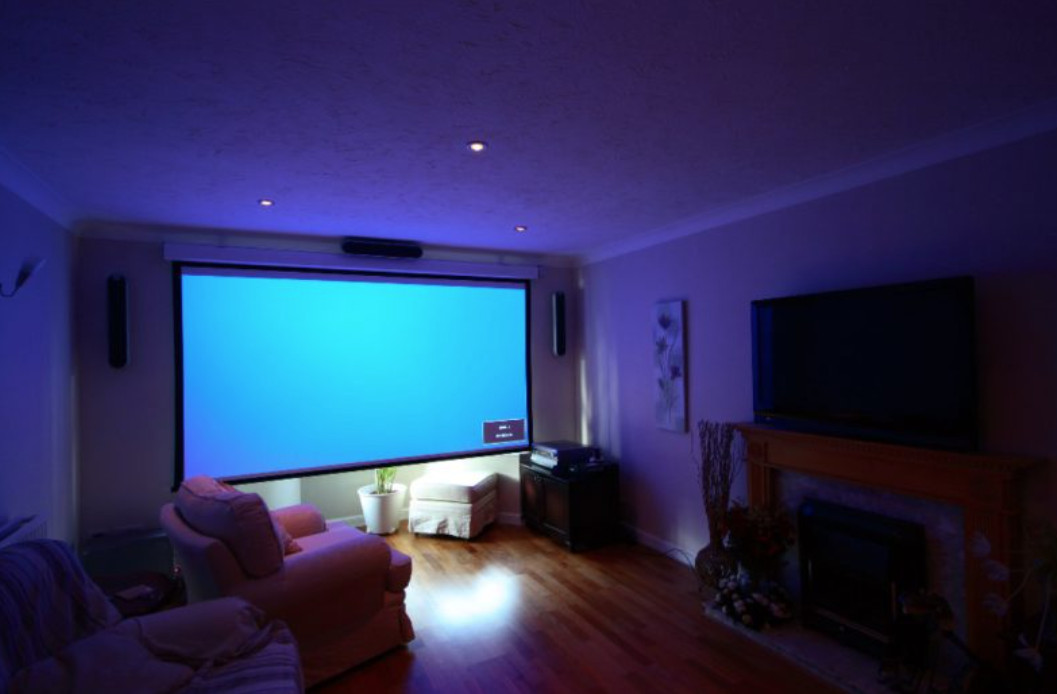
How do projectors project the color black?
We all know that projectors work by projecting light in various colors onto the projection screen. The projected lights will turn into colorful videos and images that are visible to our eyes.
So, how about the black color projection? How do projectors project the color black? Is black really a color, or is it just a visual trick to our eyes?
This post will shines more depth on these issues and give you detailed explanations. You will fully understand how the black color is created on the projection screen after reading this post.
Continue reading, and I’ll show you!
Table of Contents
How Do We See Colors?
We see colors with our eyes and brain, not the eyes alone. The light receptors in our eyes will receive the lights and transmit the signal to the brain. Our brains will then translate that message into the color sensation (red, blue, or yellow).
The reason we see different colors in objects is not that they have different colors. In fact, things don’t inherently have color; their surfaces all receive the same light source but absorb and reflect the wavelengths differently.
The reflected colors are the colors that are visible to our eyes. For example, we see a red apple because the apple has absorbed all the wavelengths and reflects only the red colors.
So in the case of the projector, the projection screen doesn’t absorb any colors. It reflects all the wavelengths produced by the projectors. This results in the colorful images and videos we see.
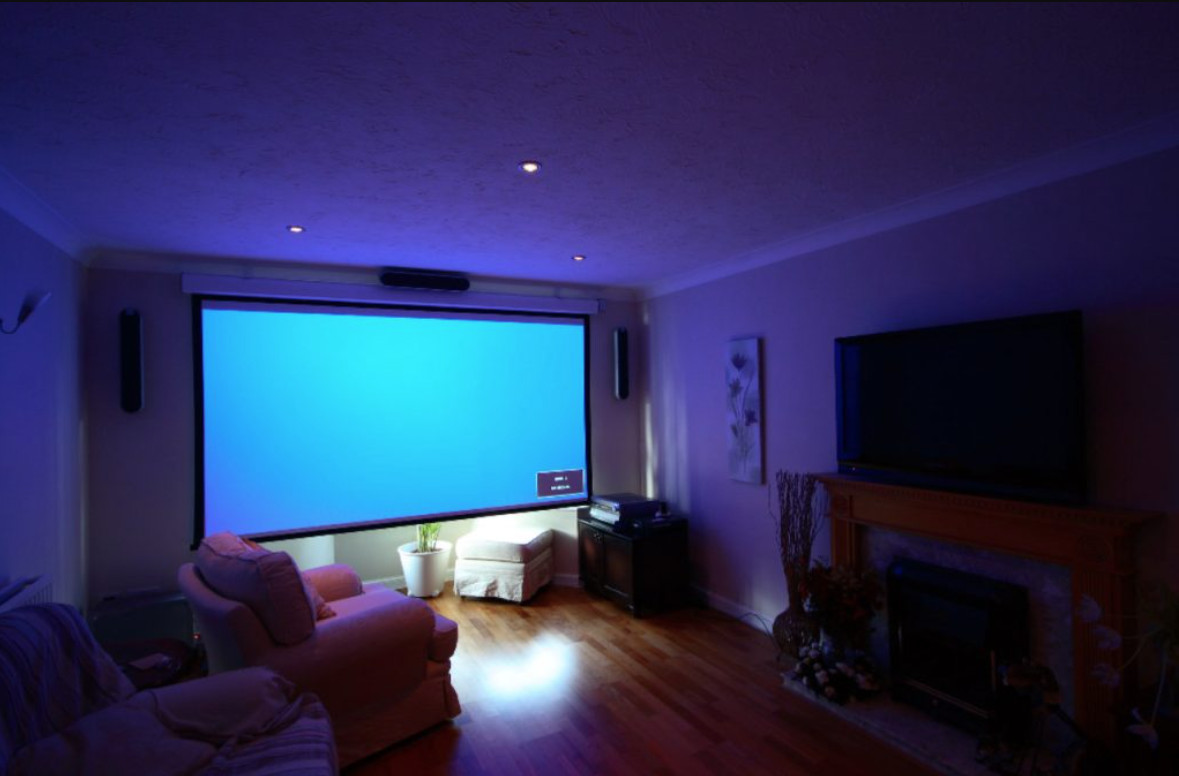
How Do We See Black Color?
Colors are just an expression of light or the wavelengths reflected in our eyes.
We see the white color when nearly all rays are reflected. On the contrary, we see the black color when no wavelengths are reflected at all.
For this reason, the black color is not a reflection of light; it is the absence of light. That’s why when it turns dark, everything we see is in black.
However, if there are moonlight or light sources (from lamps and cars, for example), we see different colors again. So, how about the black screens, black canyons, and black objects in general?
The answer is very simple. The black objects have a unique surface that absorbs all the light and reflects no wavelengths. Another reason is that the black color we see in things comes from the black pigment, not the light.
Related:
– Is there sound on a projector?
– How can a phone be connected via USB to a projector?
How Do Projectors Project Black?
We have discussed how humans see and perceive colors and the white and black colors. So, how do projects project black?
The projectors don’t project the black color because it is the absence of light. The devices simply project a dim light onto some areas, and combined with the surrounding color contrast, that area appears black to our eyes.
Aren’t many projection screens coming in white? So why do we see black areas instead of white spaces? Actually, the projectors do project the light on the black spots by sending a dim white light (or gray).
We will see the dim white or gray color in these areas when standing alone. However, when the surrounding areas receive much brighter light, these areas will appear black to our eyes. It is really a visual trick.
The image contrast significantly impacts our eyes and brains’ perception of colors. For this reason, the images’ colors will look different when they are put near much brighter colors.
So in the case of the black color projection, the black areas we see on the projection screen are dimmer than their surroundings. The projectors project much darker wavelengths on some spots and trick you into seeing the black.
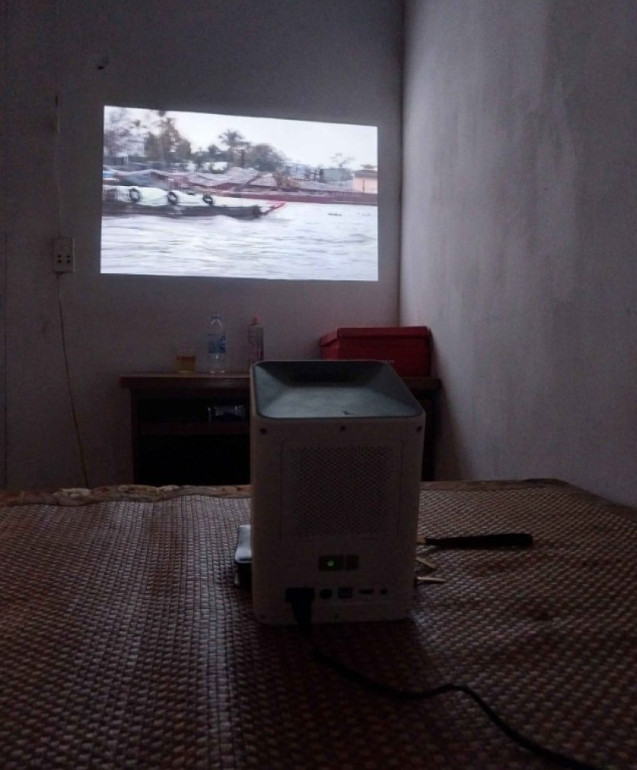
How To Test This Concept?
To test the authenticity of this concept, you can turn off the light in the room and use the projector to project a completely black image on the projection screen.
Now observe closely, and you will notice that the projection screen surface is slightly brighter than the surrounding walls. This phenomenon proves that the surrounding walls are perfectly black because it doesn’t receive any light.
Meanwhile, the projected screen is slightly brighter because it receives the dim white light from the projector.
There’s another way to test this concept. You can turn off the room’s lights, turn on the device, and project images will black and white colors. When the room’s lights are absent, you will see a perfect black color.
When turning on the room’s lights, the black regions will get dimmer, or in other words, less black (a little gray). This is because the additional light has decreased the image contrast between the white and black regions on the screen.
Related: Is Projector better than a TV?
FAQs
Black Or White Screen? Which Should I Choose?
If you want to see better black colors when watching movies and films, go for the black projection panel. Black projection panels can reproduce the dark areas of the videos and images much better.
It helps you get rid of the annoying grey areas on the white screens.
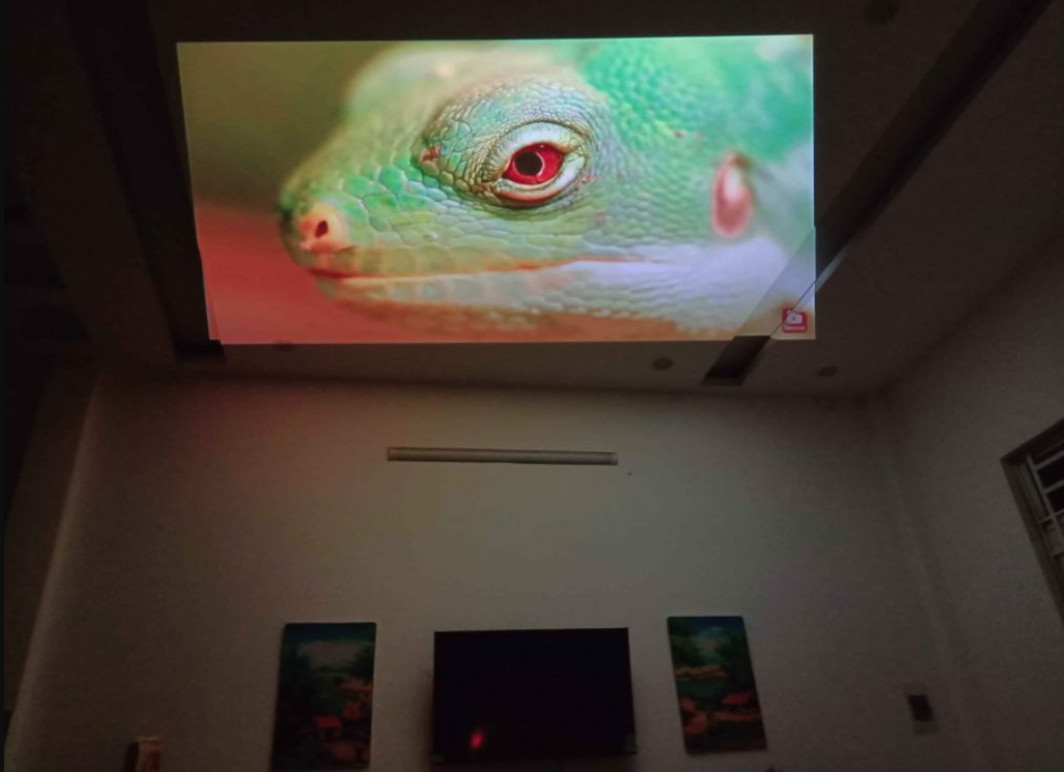
How To Increase The Black Color Of The Projected Images
You can increase the existing image contrast in the room by turning off all the additional ambient light sources from lamps or covering the windows. Switching from white to black panels also helps you see more authentic black colors.
Final Thoughts
The projectors project dimmer wavelengths (grey or dim white) to some areas that are much less bright than their surrounding spaces. The image contrast effect will trick us into seeing the black projection in these areas.
I hope that the answer provided in this post can satisfy you.
Thank you for reading!

